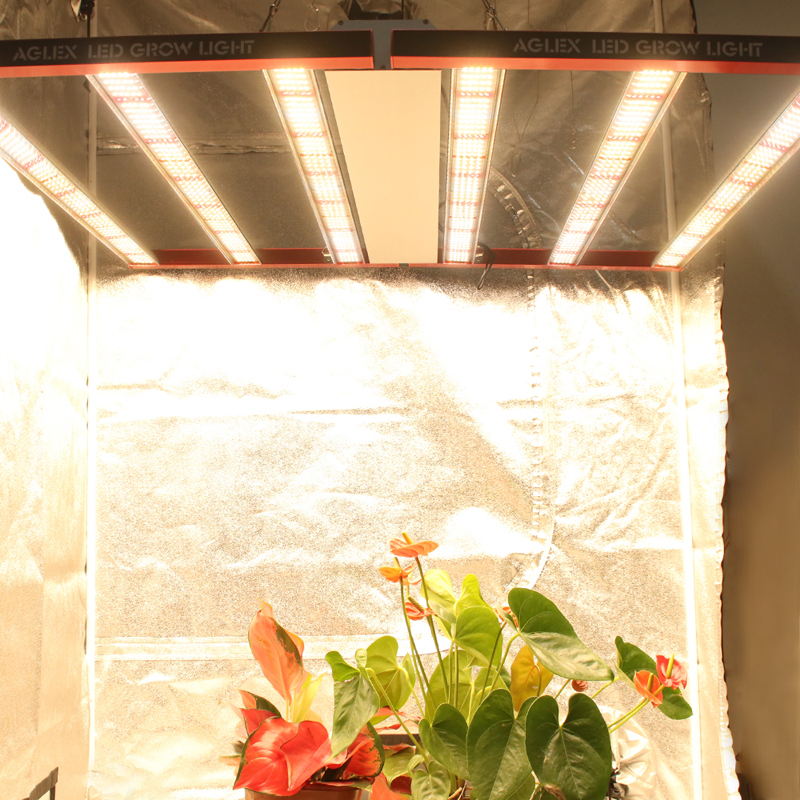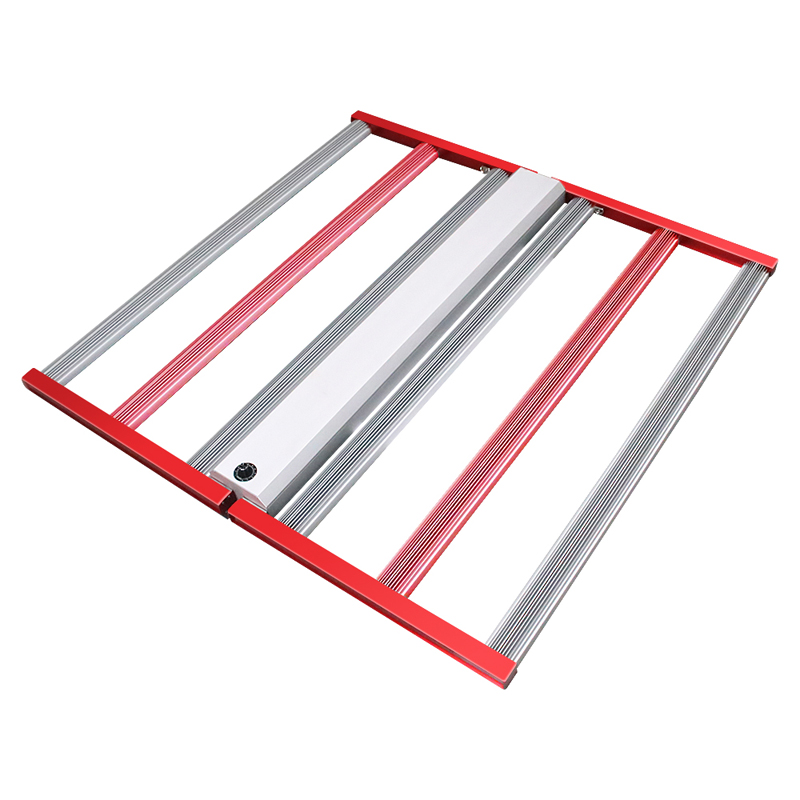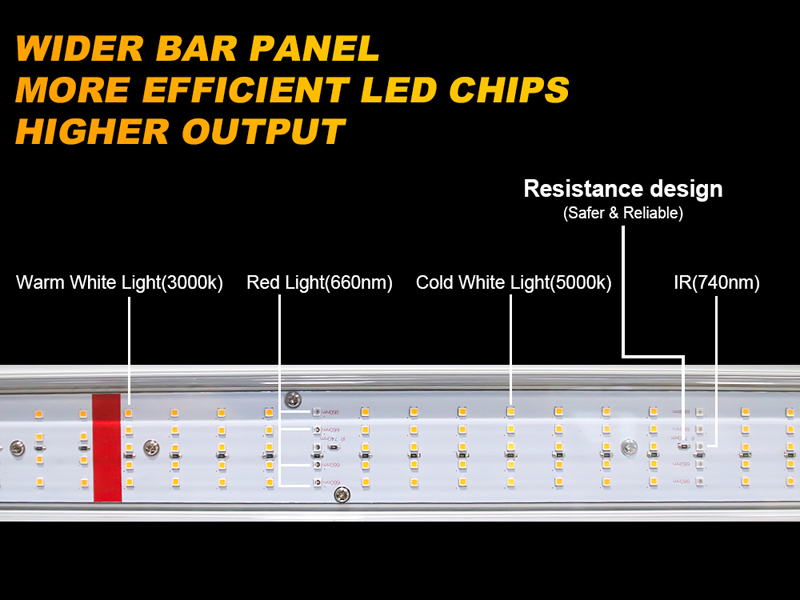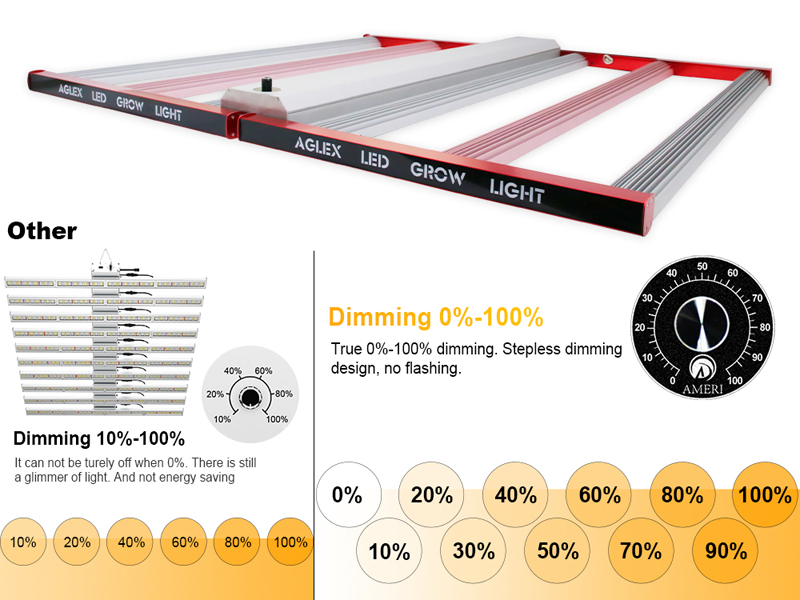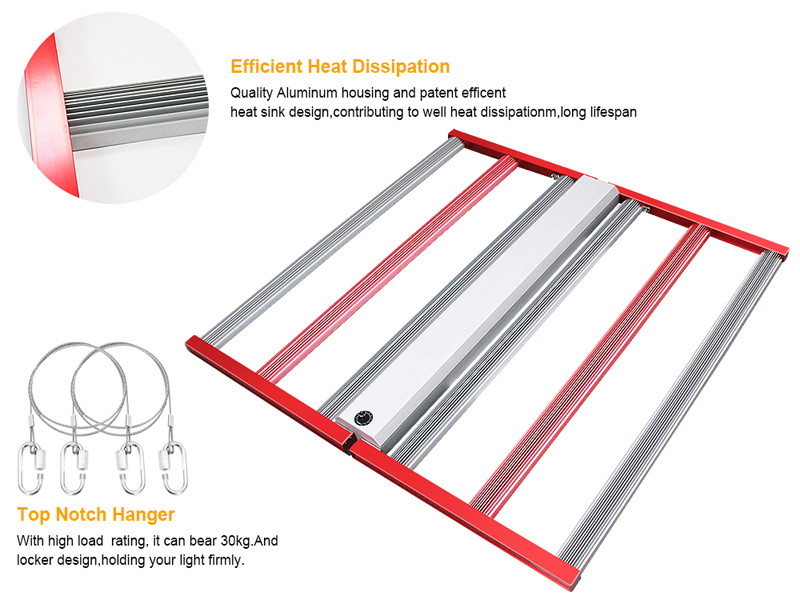Recently, the research team of Professor Zeng Jie of the University of Science and Technology of China has made new progress in the study of the synthesis and growth mechanism of metal-sulfide heterostructures. By introducing different metal precursors in a one-step synthesis method, the researchers achieved controlled synthesis of nanocrystals such as Pt-Cu2S, CuPt, and CuPt-Cu2S, respectively, and successfully controlled their activity and selectivity in catalytic reactions. The result was published in the Nanometer Express published on November 13. The first author of the paper was the 2014 grade doctoral student Sang Wei. The composite nanomaterial formed of a semiconductor and a noble metal not only has the intrinsic characteristics of both the semiconductor and the noble metal material, but also has characteristics and functions that are not possessed by the individual components produced by the interface between them and the interlaced energy band structure. Based on the controllable preparation methods of features, Professor Zeng Jie's research group proceeded from the basic theory of crystal growth by selecting Pt precursors with different reduction potentials and sulfur-containing ligands, and adjusting the relative reduction order of Pt and Cu to prepare Metal-sulfide heterostructure nanocrystals with different morphologies and different elements distribution provide a simple and rapid method for preparing metal-semiconductor heterostructure nanocrystals. In addition, the researchers also intensively explored the catalytic performance of Pt-Cu2S, CuPt and CuPt-Cu2S in the hydrogenation of cinnamaldehyde. By comparing the catalytic products of CuPt and CuPt-Cu2S, it was found that the conversion using CuPt-Cu2S has a higher conversion rate, indicating that the interface effect of the catalyst helps to increase the activity of the catalyst. By comparing the catalytic products of Pt-Cu2S and CuPt-Cu2S, Pt-Cu2S only produces phenylpropanol, and CuPt-Cu2S can generate more hydrogenated cinnamaldehyde. This phenomenon indicates that the synergistic effect of the alloy has an effect on improving the selectivity of the catalyst. Important role. The study achieved regulation of catalyst performance by controlling the spatial configuration and component distribution of the catalyst, and has guiding significance for the design and development of practical and efficient nanocatalysts. The above research has been funded by the Ministry of Science and Youth's "973" plan, the National Natural Science Foundation, the National Youth 1000-person Plan, the Chinese Academy of Sciences 100-person plan, and the China University of Science and Technology Innovation Fund.
AGLEX LED Grow Light Bar is mainly for marijuana. They with strong light and special spectrum for it, helping marijuana plants growing better and faster. There are 240w 320w 400w 600w and 700w LED Grow Light Bar available. Widely used in greenhouse, grow tent, plant factory, and home garden.
Key features:
1. Special spectrum LED Grow Light designed for cannabis. Cannabis love to under it.
2. Patent Foldable design, easy to install and could enlarge lighting area.
3. Dimming function. You could adjust lighting intensity as plants needs.
4. High efficiency, PPE 2.8 μmol/J. more lights absorbed by your plants, shorten growing cycle but with awesome harvests.
5. Efficient heat sink, great to length lifetime.
6. The lifespan is over 50000 hours, lower maintenance costs.
7. 3 years no-hassle warranty.
L700 displany:
Led Grow Light Full Spectrum,Led Grow Light,Best Led Grow Light,Led Grow Light Shenzhen Ameri Technology Co., Ltd. , https://www.aglexz.com
